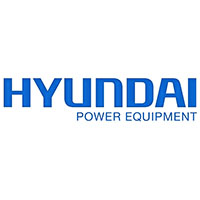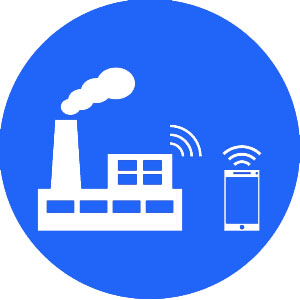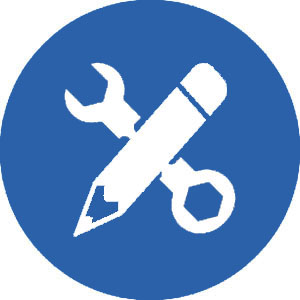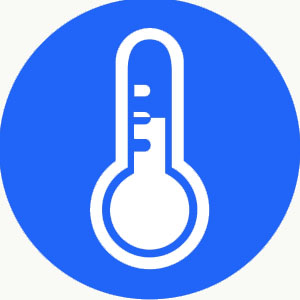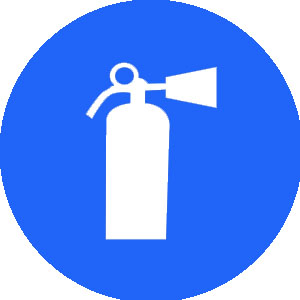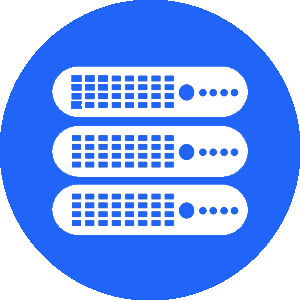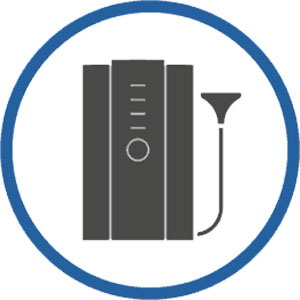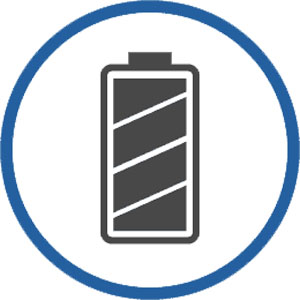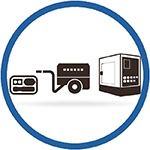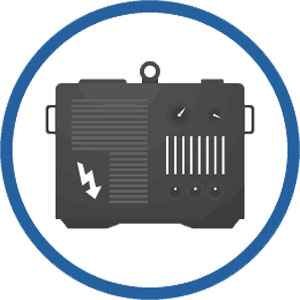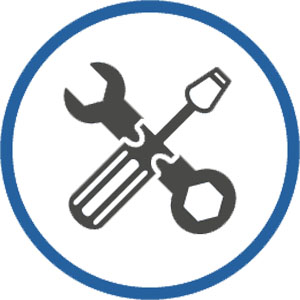How to specify your UPS (Uninterrutpible Power Supply) System
Having sufficient standby power is essential if you want to protect your electrical equipment against mains failure. What should you consider when you specify your UPS (uninterruptible power supply) system?
The nature of your organisation
The equipment used by your organisation will help to determine the type of protection you need. For example, data centres with rows of rack-mounted servers require a larger UPS to back-up their operations. While large computer rooms are usually supported by high-capacity, centrally located, online UPS systems and batteries.
Capacity
When specifying your UPS, you should allow sufficient capacity to support the load and the initial extra power required by some electrical equipment when you first switch it on. Industry best-practice says to allow an additional 30% to cover the extra load.
Type of UPS (uninterruptible power supplies)
There are three types of UPS: online, offline and line-interactive systems. The equipment your UPS is protecting will largely determine the type of system you need. For example, sensitive IT systems will typically use an online UPS.
Built-in redundancy
In the simplest configuration, a UPS system will typically comprise one double-conversion UPS with a maintenance bypass, sized only to support the load. However, if your UPS system is protecting critical systems, you need to build in redundancy; also known as N+1.
Need some help?
If you want to talk about your standby power requirements, why not contact us? We'd love to hear from you.








